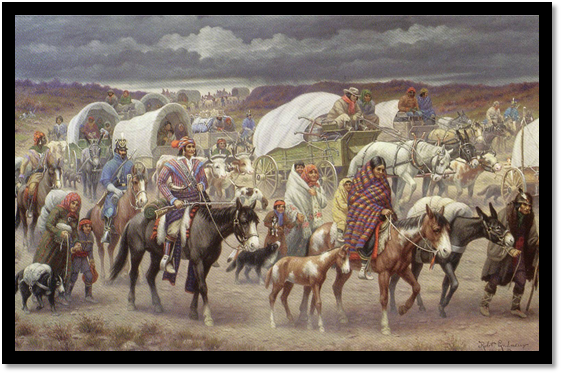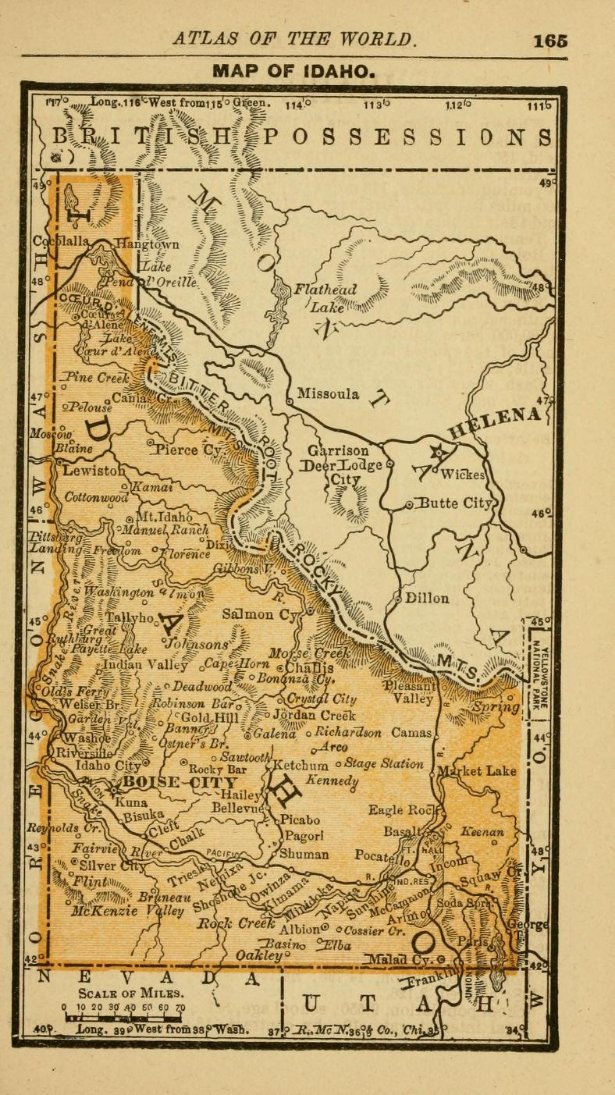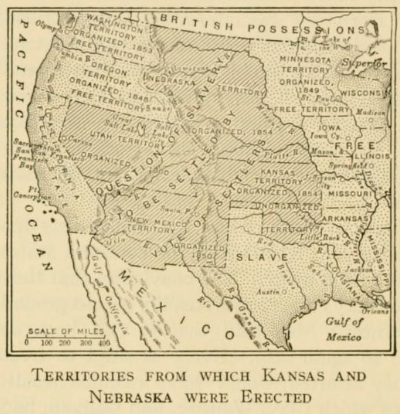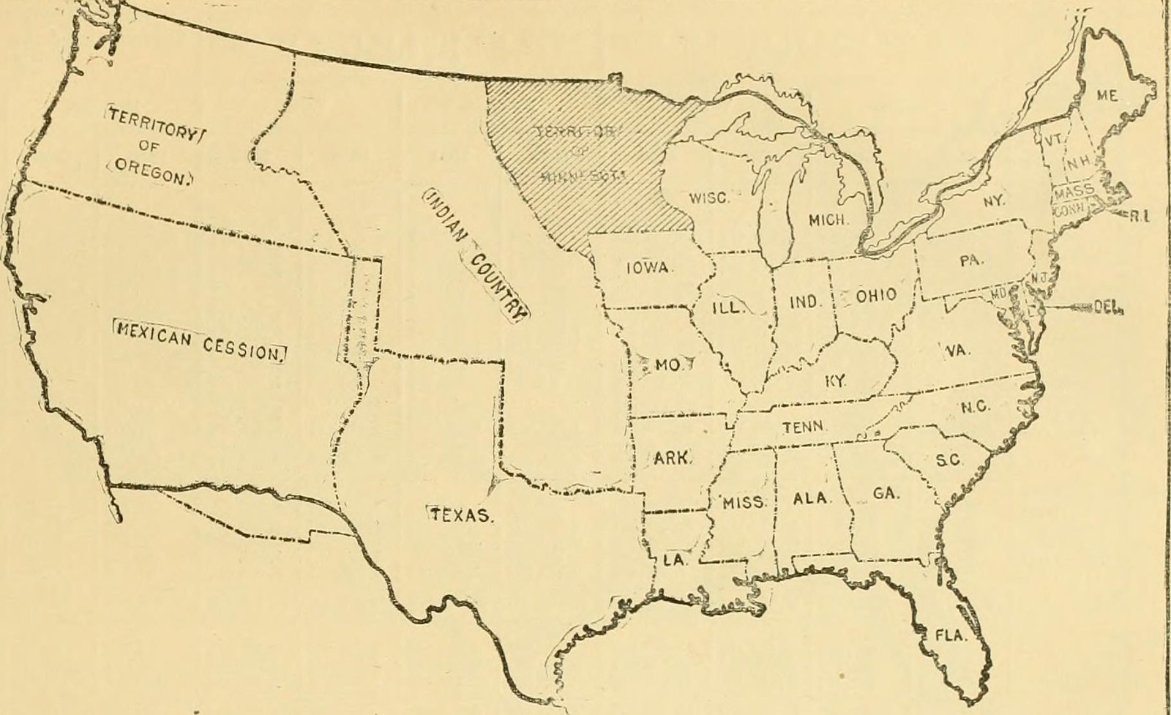
Center for Judicial Engagement @IJ. Host of Short Circuit pod. Read my book! https://t.co/K09CeVuiKk Opinions=mine. https://t.co/K4cFLaHcTU
How to get URL link on X (Twitter) App














https://twitter.com/IJSanders/status/1255125146504851456








 2. The U.S. gained control over the land that would eventually become ND through the Louisiana Purchase, but it took a while for the push for statehood to really get going. Though Lewis and Clark wintered there during the westward portion of their journey.
2. The U.S. gained control over the land that would eventually become ND through the Louisiana Purchase, but it took a while for the push for statehood to really get going. Though Lewis and Clark wintered there during the westward portion of their journey. 





https://twitter.com/IJSanders/status/1179052520183713792





